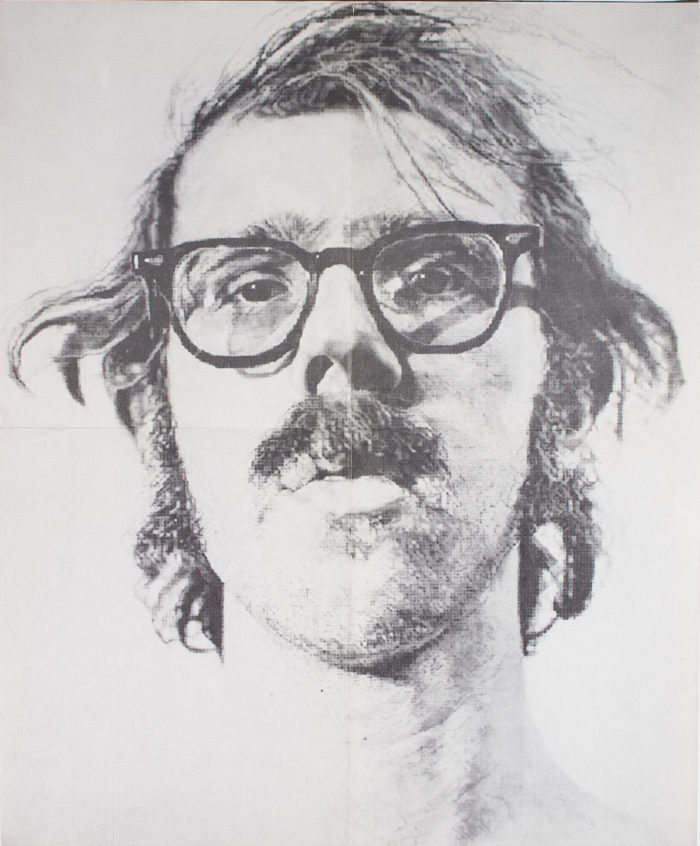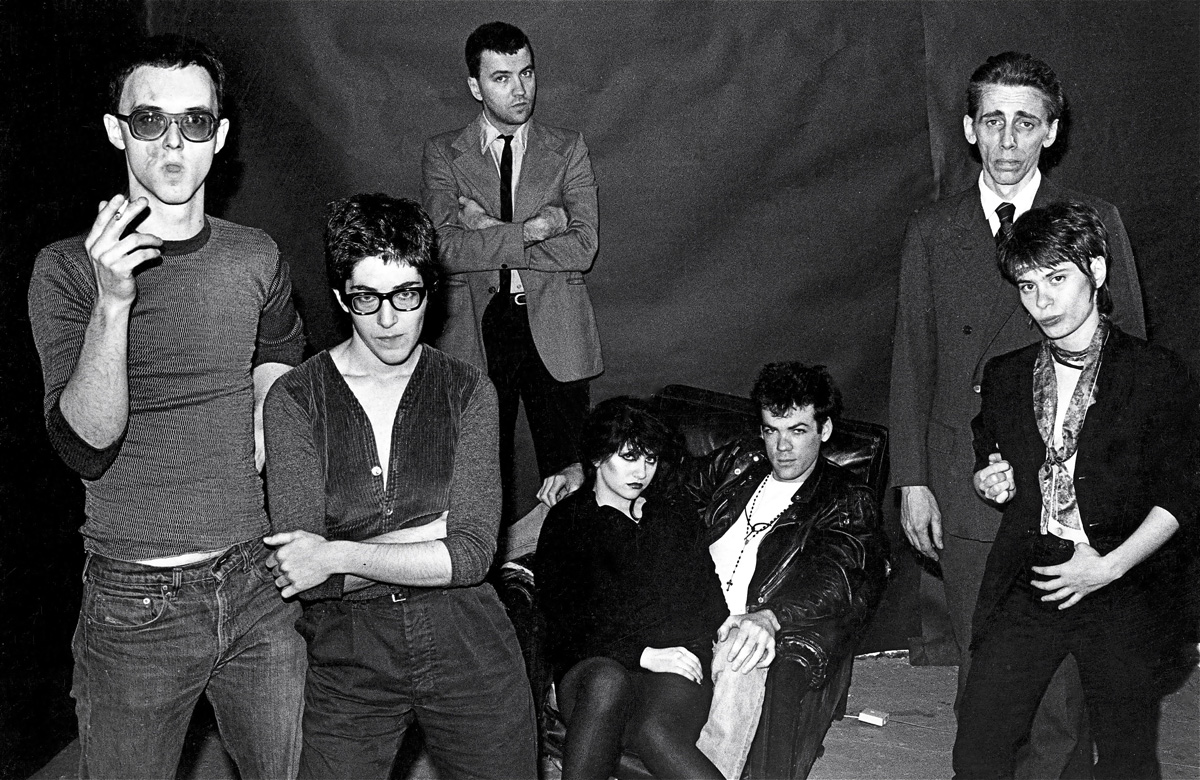
Pace/MacGill, Chuck Close, Photographs, Folded Card, 1985. Size: 5 x 7 Inches
When artists die their art ephemera takes on new importance. Gallery announcement cards and posters that were originally produced to promote and publicize an exhibition now become historical artifacts that provide context for the works of art that also survive.
Last week the art world was fixated on the death of Chuck Close, a pioneer photorealist painter who was also connected with conceptual and post-minimal art. As one of the most celebrated artists from the 1970’s, Close’s personal story also fueled media interest. In 1988, at the height of his career, Close was stricken by an illness that left him almost totally paralyzed. Nonetheless, through sheer will, he continued to create museum quality art until recent “me-too” accusations turned his uplifting story into public humiliation that resulted in the cancellation of a career crowning retrospective at the National Gallery of Art.
Gallery 98 presents two examples of Close ephemera. The 1973 poster from the Bykert Gallery features a variation of the iconic self-portrait that launched his career. Faintly visible is the underlying grid and the use of dots that make Close’s painting technique as much the subject as the realistic portrait itself.
The 1985 Pace/McGill card is a reminder that Close was also an acclaimed photographer who helped bring the medium into the realm of fine art. In hindsight, two facets of the image on the card that probably went unnoticed when it was first printed, now stand out. Chuck Close is healthy, on his feet standing tall, and behind him he debuts a new subject, the torso of a nude woman. The subject, a new departure from his usual focus on heads, might well have led to his recent problems.

Bykert Gallery, Chuck Close, Poster, 1973. Size: 19 x 23 Inches. Available











